- Write by:
-
Tuesday, November 7, 2023 - 20:20:30
-
133 Visit
-
Print
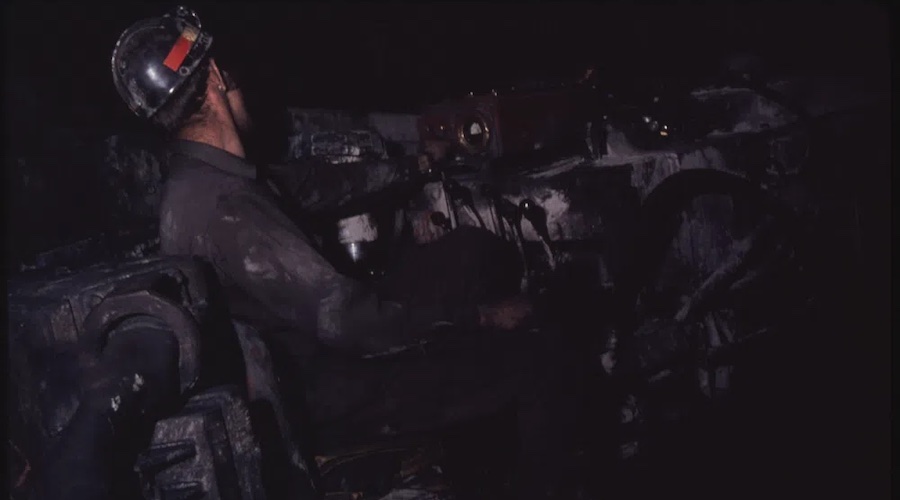
Mining News Pro - Indigenous coal miners may develop disabling black lung disease but are less likely to qualify for medical benefits using currently required lung function standards rather than standards specific to Indigenous populations, according to new research.
In a paper published in the journal Annals of the American Thoracic Society, a team from National Jewish Health notes that over the past 16 years, they have provided free yearly medical screenings for work-related lung disease as part of a federally-funded Miners Clinic in Page, Arizona. This part of the United States has a substantial proportion of Indigenous coal miners, and approximately 30% of coal reserves west of the Mississippi River are on native lands.
Voluntary medical surveillance data from 2002-2023 led them to conclude that not every recipient of healthcare services for this specific condition fares equally.
“In a recent surveillance study of active Indigenous coal miners, 3% had coal worker’s pneumoconiosis/black lung and 9% had respiratory impairment,” the article reads. “Coal miners who are totally disabled from black lung may qualify for Department of Labor (DOL) compensation benefits, but it is unclear how current federal spirometry -or breathing test- criteria affect qualification for Indigenous coal miners.”
Jeremy Hua, lead author of the study, and Cecile Rose, senior author, pointed out that, after identifying 691 Western US coal miners with at least one year of coal mining employment, 289 of whom were Indigenous and 402 of whom were non-Indigenous, they discovered that for each decade of life, Indigenous coal miners were more likely to have both black lung and lung function impairment than non-Indigenous coal miners. Indigenous miners also had an additional 71 mL decline in forced expiratory volume in one second for each decade of life compared to non-Indigenous coal miners.
“Using the DOL-mandated Knudson (1976) spirometry standard rather than an Indigenous-specific standard, Indigenous miners would not qualify for federal compensation,” the researchers write. “Based on the study findings, more efforts are needed to understand and prevent black lung and other respiratory diseases affecting Indigenous workers.”
Also called coal worker’s pneumoconiosis, black lung disease is a respiratory illness that can occur several decades after a miner’s first exposure to coal mine dust.
The researchers note that disease severity can be influenced by the adequacy of dust controls, medical surveillance programs for early disease detection, choice of lung function standards to define “abnormal,” and other risk factors such as tobacco smoking.
Short Link:
https://www.miningnews.ir/En/News/627621
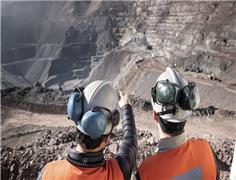
Anglo American Plc said it is has received an unsolicited non-binding combination proposal from BHP Group.
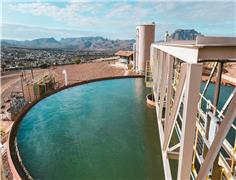
A Native American group has asked all members of a US appeals court on Monday to overturn an earlier ruling that granted ...
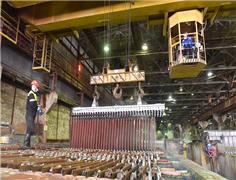
The London Metal Exchange (LME) on Saturday banned from its system Russian metal produced on or after April 13 to comply ...
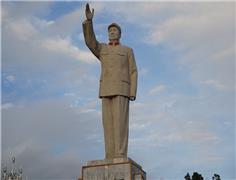
China’s state planner on Friday finalized a rule to set up a domestic coal production reserve system by 2027, aimed at ...

The world’s coal-fired power capacity grew 2% last year, its highest annual increase since 2016, driven by new builds in ...
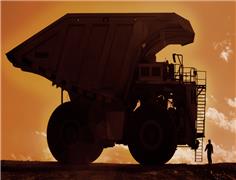
Peabody Energy Corp. shares sunk to the lowest in seven months after the biggest US coal miner warned that first-quarter ...
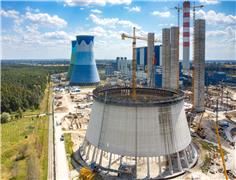
Polish government is abandoning plans to separate coal-fired power plants into a special company and is considering ...
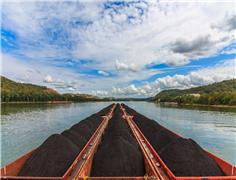
BMO Bank quietly dropped its policy restricting lending to the coal industry in late 2023, helping it avoid being ...
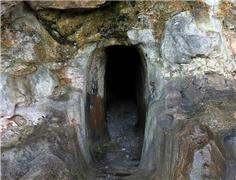
Researchers at the University of Edinburgh discovered that bacteria found in areas polluted by acid mine drainage had ...
No comments have been posted yet ...